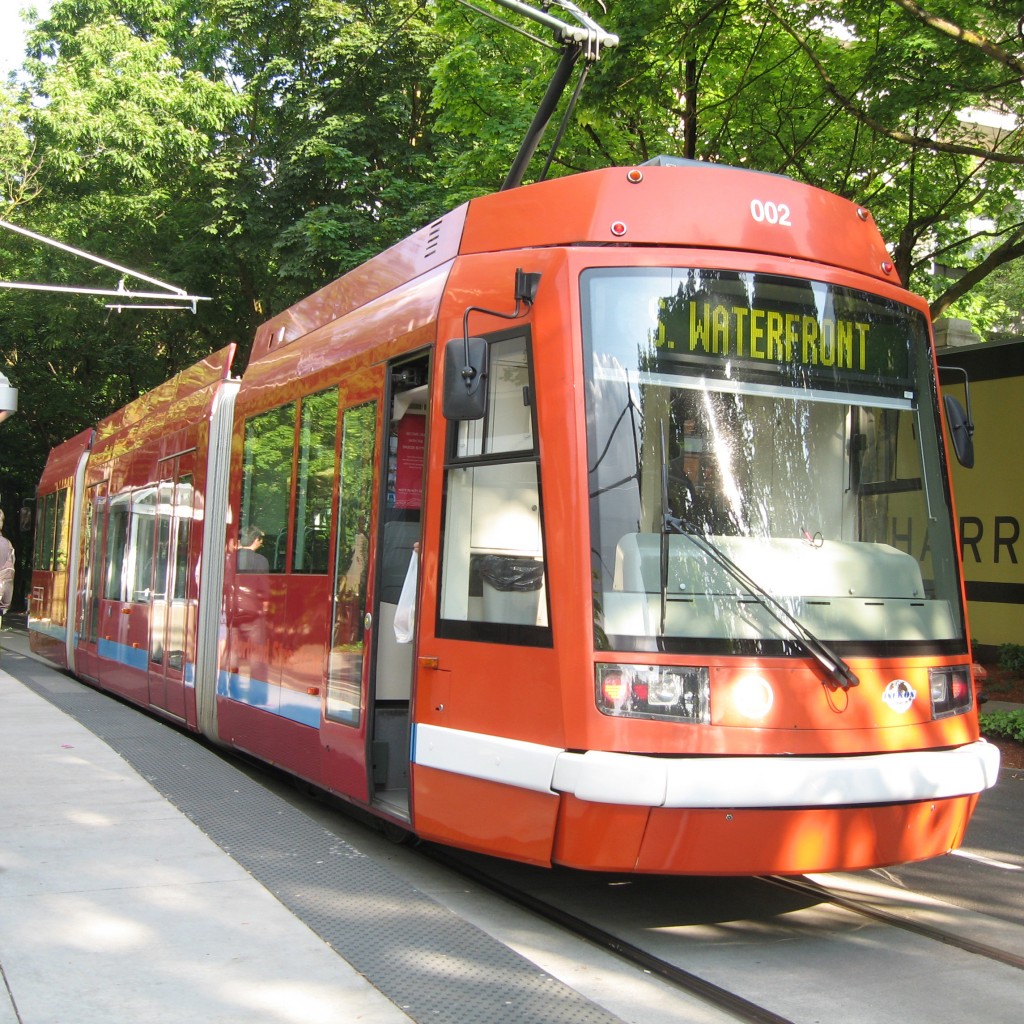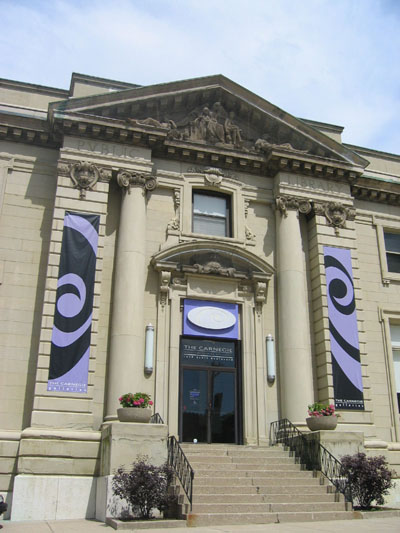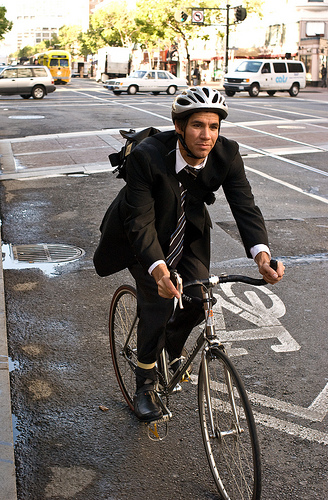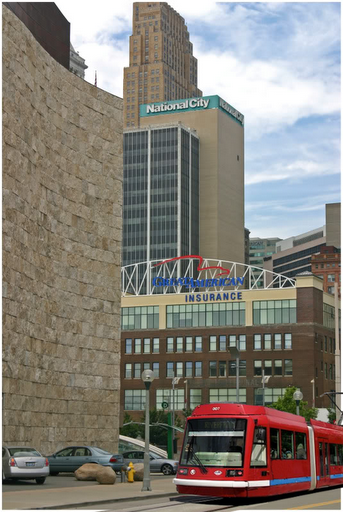 The good news for the Cincinnati Streetcar keeps rolling the day after Cincinnati City Council approved $64 million in bonds to build the modern streetcar system. The Executive Committee for the OKI Regional Council of Governments announced earlier today that $4 million will be distributed to the Cincinnati Streetcar project through the Federal government’s Congestion Mitigation/Air Quality (CMAQ) program.
The good news for the Cincinnati Streetcar keeps rolling the day after Cincinnati City Council approved $64 million in bonds to build the modern streetcar system. The Executive Committee for the OKI Regional Council of Governments announced earlier today that $4 million will be distributed to the Cincinnati Streetcar project through the Federal government’s Congestion Mitigation/Air Quality (CMAQ) program.
“The thing about the Cincinnati Streetcar is that it is more than a transportation project; it’s an economic development project which will open up development opportunities with a fixed transportation project,” described OKI Deputy Executive Director Bob Koehler.
The announcement means that there has now been $86.5 million in funding announced for the Cincinnati Streetcar which is projected to cost $128 million to build six miles of track connecting Cincinnati’s riverfront with its downtown, historic Over-the-Rhine neighborhood and Uptown communities surrounding the University of Cincinnati.
“The Cincinnati Streetcar will help circulate residents, employees and visitors in Cincinnati’s urban core,” said Brad Thomas, Founder, CincyStreetcar.com. “The streetcar will also connect over half the jobs in the city with nearly 1 in 5 residents, and attractions that are visited by 12 million people each year.”
The urban circulator project received the highest ranking of the 14 total projects to receive funding through the CMAQ funds which will benefit roadways, transit and freight projects throughout the region. OKI’s Executive Committee also allocated more than $60 million from the federal Surface Transportation Program (STP).
The CMAQ projects were subjected to a rating system that was able to fund almost all of the requests made by OKI. The $4 million for the Cincinnati Streetcar will officially be authorized next spring, but were approved today to give project teams a jump start on the 2012-2015 Transportation Improvement Plan developed and overseen by OKI.
“The projects approved today are critical to continuing our efforts to provide our citizens with a variety of commuting options that will save them time and money while alleviating stress that comes from traveling on congested roadways,” OKI Executive Director Mark Plicinski explained. “OKI continues to move multi-modal projects forward which benefit our commuting population, environment and economy.”



